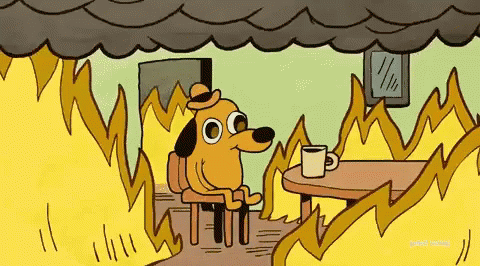
Let’s talk about something real for a second.
Not bugs.
Not launches.
Not tokenomics.
Burnout. ![]()
Especially in developer communities, where the lines between contributor, community member, and core team blur fast — people often show up with heart first. And when people care deeply, they burn out quietly.
Here’s what I’ve been learning (sometimes the hard way):
Burnout doesn’t always look like quitting
Sometimes it’s:
- Ghosting a call you used to love.
- Feeling numb about ideas that once lit you up.
- Being online, but not really there.
What’s helping?
- Normalize “rest mode” Not everyone has to be in “build mode” 24/7. Allow people to step back without guilt or FOMO.
- Rotate responsibilities Don’t let the same folks always carry the weight. Create ways for others to step in when needed.
- Build slow spaces Everything doesn’t have to be high-velocity. Not every channel needs daily posts. Let async be okay.
- Celebrate contributions, not just shipping Mentoring a newcomer, writing docs, sharing thoughtful feedback — these matter too. Signal that.
- Ask real questions “How are you doing?” — and mean it. Create space for honest answers beyond performance metrics.
Burnout isn’t just an individual issue — it’s a cultural one.
If we want dev communities that last, we need to build with care as a feature, not an afterthought.
What’s worked in your space?
What signals do you look for?
Would love to hear how you create a culture that protects its builders.